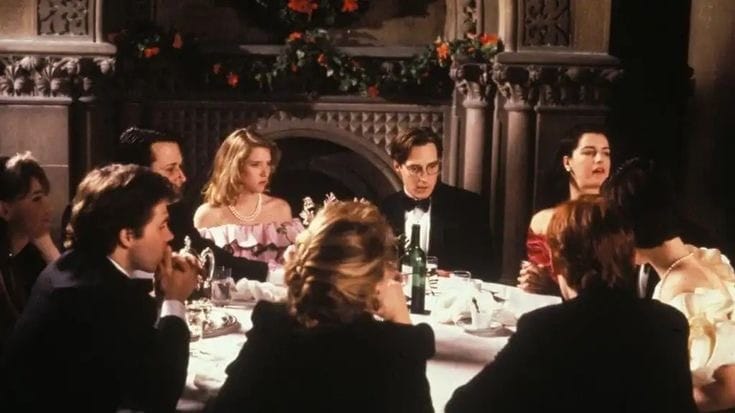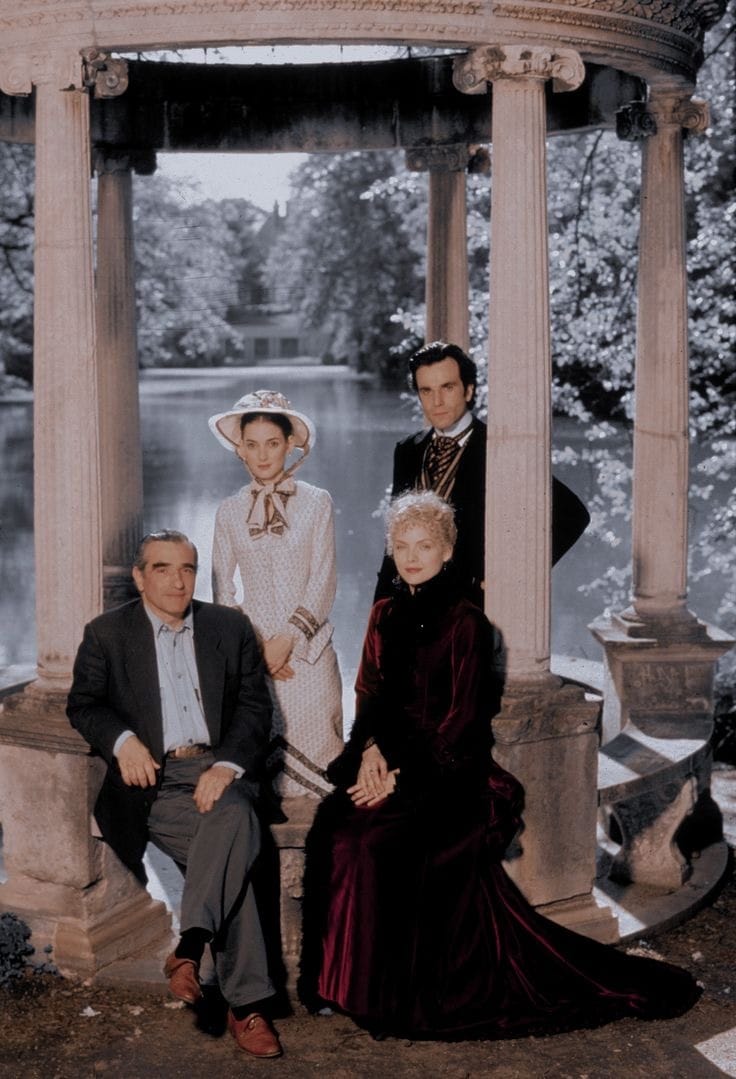- Old Money Italian
- Posts
- Cinema, Cigars & Inheritance: The Allure of Old Money Movies
Cinema, Cigars & Inheritance: The Allure of Old Money Movies
Gilded Screens: A Love Letter to Old Money Aesthetics in Film
There’s something intoxicating about old money on screen. Not the flashy nouveau riche or tech billionaires of modern blockbusters—but the quiet, inherited kind. The type that strolls through ancestral estates, whispers in drawing rooms, and summer in the Hamptons. Welcome to our curated guide to Old Money Movies—where elegance is inherited, and drama is always dressed in cashmere.
Why We Love Them:
Old money films are not just about wealth—they’re about legacy. They're textured with tradition, restraint, and whispered scandal. Think: creaky manor houses, boarding schools, and the rustle of taffeta at a debutante ball. They aren’t flashy—they’re curated, much like the characters’ wardrobes and disdainful glances.
Top 6 Old Money Masterpieces:
The Talented Mr. Ripley (1999)
Italian vistas, Ivy League style, and a chilling class commentary wrapped in linen suits and jazz. Ripley wants in—but some doors only open for those born behind them.

Metropolitan (1990)
A witty, wordy indie exploring New York debutante season through the eyes of young socialites. Think Jane Austen at a Manhattan afterparty.

The Age of Innocence (1993)
Scorsese’s lush adaptation of Edith Wharton’s novel is a slow-burn of repressed desire and rigid social codes among Gilded Age elites.

The Royal Tenenbaums (2001)
Eccentric and melancholic, Wes Anderson’s masterpiece captures the faded glory of an old New York family with a surname that once meant something.

Gosford Park (2001)
Upstairs/downstairs drama in an English manor house, where murder and manners collide. Julian Fellowes basically used this as a warm-up for Downton Abbey.

The Great Gatsby (1974 or 2013)
East Egg vs. West Egg. Old money vs. new. Whichever version you choose, the underlying tension is always about who belongs—and who doesn’t.

Watchlist Vibes:
Candlelight dinners. Gin martinis. Velvet armchairs. Repressed feelings. Family secrets. The sense that someone’s great-grandfather owned a railroad.
Dress Code for Viewing:
Cashmere throws, tortoiseshell glasses, a touch of pearls or tweed. Possibly a cigar. Definitely an air of disdain for anything built after 1950.
Until next time—may your drama stay fictional and your wealth tastefully understated.
